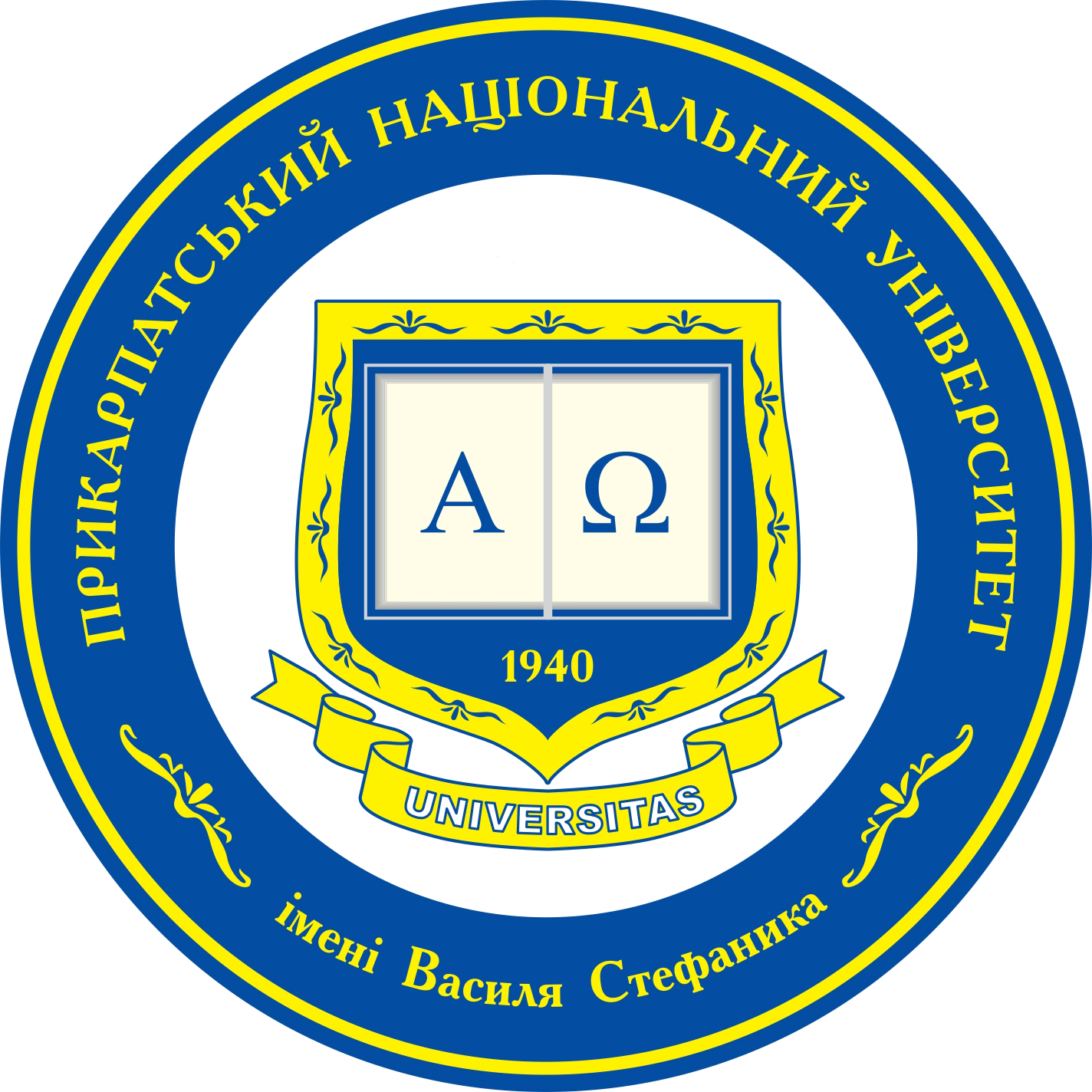On The Nature of Similarity in Problems of Artificial Intelligence
Keywords:
similarity of artificial intelligence problems, similarity criteria, speech recognition, clinical diagnosis, combinatorial configurationAbstract
The similarity of the problems of artificial intelligence is described and the features that determine this property are highlighted. It is shown that the problem of recognizing speech signals and clinical diagnosis are similar by the argument of the objective function. They are divided into three similar subproblems: 1) structuring the library of standards (solving the clustering problem), 2) searching information in the library of standards, 3) comparing standarding and input information. For both classes of problems, the argument of the objective function in the first subproblem is partitioning of the n-element set into subsets, in the second - placement without repetitions, and in the third - conjugation without repetitions. Similar problems are solved by the same approaches, which explains the universality of methods and algorithms. The main problem in the problems of artificial intelligence is to establish the similarity between a given object and its standard. In the problems of this class, given objects are recognized by establishing their similarity with the standard. Similarity measures are introduced for this purpose. These measures are similar for different problems. Natural signals (speech, electrocardiograms, electroencephalograms), which are input data in these problems, are described by such a combinatorial configuration as placement with repetitions. Since natural signals are formed according by the same rules,then they are similar. When forming a predetermined combinatorial configuration according to certain rules, the latter is ordered elements as it is selected from the basic set. For the same natural signal, the arrangement is made by a sequence of the same elements. A second signal of the same object is formed by the same sequence, but adjacent elements may be repeated or have a different value. These signals convey the same essence in a certain task, but differ in the number of elements or the elements themselves. When they are recognized and compared with the standard, these elements, as a rule, do not match. This is what it is the vagueness of the input information. The same rules are developed to recognize the objects of artificial intelligence problems, they can be solved by the same algorithm or its modification.






